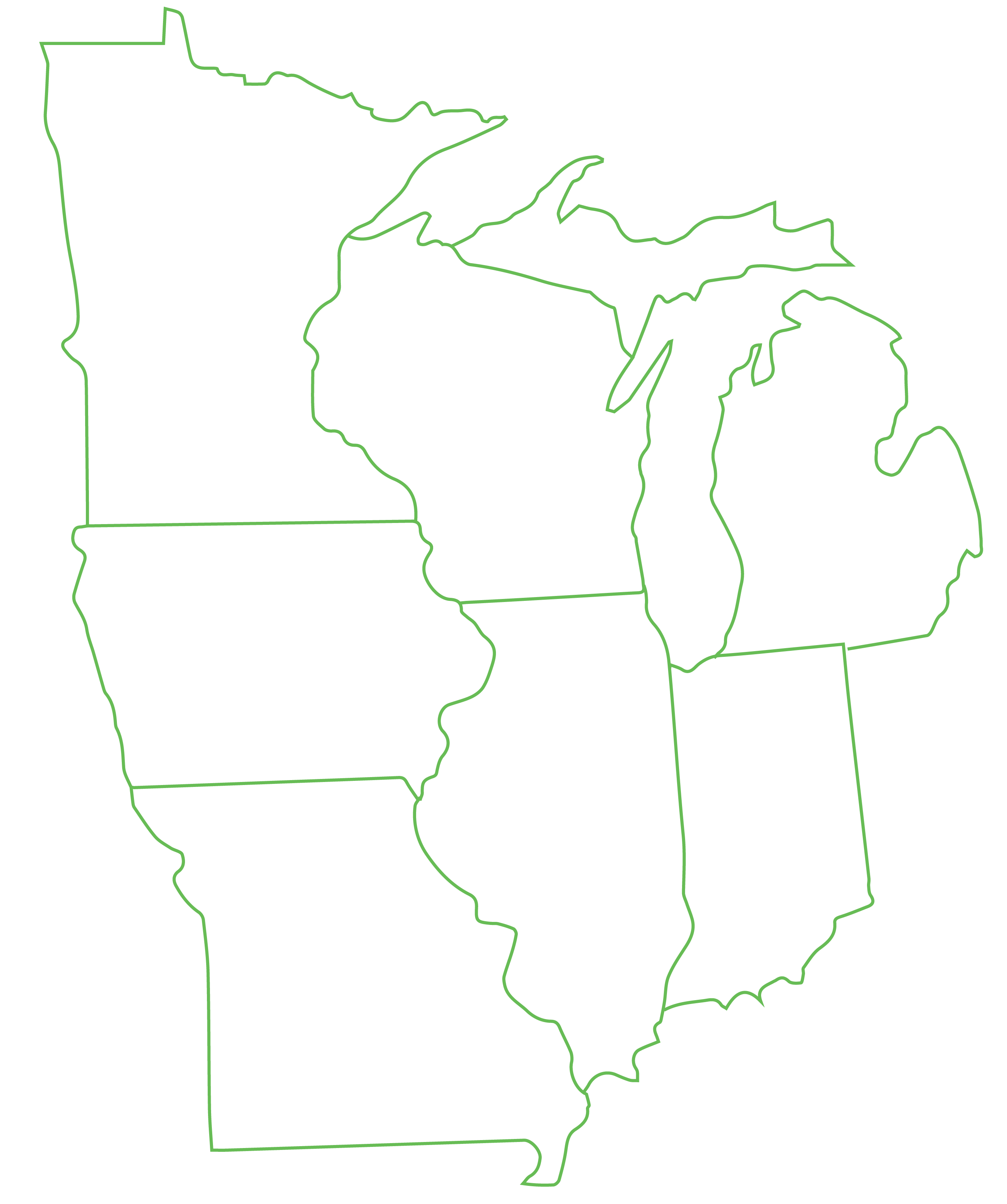Why does my cultural deficit need to be someone else’s problem? It’s mine.
Growing up, I was always surrounded by art. My grandfather was an accomplished artist and professor, and my mother is a talented and eager student. The bookshelves of my childhood home were full of the Time-Life Library of Art (hardcover, glossy-paged encyclopedias of European artists like Rembrandt, Ruebens, Velasquez, and Gainsborough), and my childhood trips to England were full of visits to stately homes and pre-Raphaelite exhibits. The city I grew up on the outskirts of, Washington DC—most of it is classic Roman revival, with domes and pillars and white stone meant to emulate the Western ideal of democracy and civilization. (Read: domination and self-mythologizing.)
But it’s all emulation. Not in the conceptual way of everything derivative, nothing new, but concretely: no culture save the one borrowed from those disenfranchised. There is no culture for the kind of whiteness I have inherited, just assimilation and appropriation.
I am white white. My father’s 23&Me results are concerningly limited to the UK. My genetic culture is that of subjugation (Scot) and subjugating (Brit), for the pursuit of wealth and spices with which to build more wealth. We even stole language to describe such criminality: “loot” is a Hindi loanword.
Am I entitled or doomed, like my forefathers, to plunder the aesthetics of others who came before? Does my appreciation for ancient and contemporary people (groups “other” than my own) always have to be coded as appropriation? It is tempting to say we are “one,” made equal by the subjugation of capitalism, but it would be untrue.
It has been claimed (as though to manifest) that art is not political—but it is, as all things are political. The creation of art, the study of art, and the criticism of art are all political acts colored by access to, understanding of, and experiences with that art and the world, and the myriad trickledown ways in which politics affect our every moment. (I will not say “waking” to remember those whose lives were changed as they slept—the activists, the children, the ones I cannot name). I struggle with the implications of my personal enjoyment: at whose cost it comes, how critically must I examine my source, open and closed practices, weighing my own emotional satisfaction against all that. Is it worth it? What can I afford to give up? What have I been conditioned to feel entitled to?
A 2019 study cited by the Smithsonian found that 85% of artists in 18 major US museum collections are white, and 87% are men. Relatedly, 72% of staff at Association of Art Museum Director member institutions identify as white. These statistics make passive reception feel like complicity—they demand greater attention to BIPOC art, made both in the past and today. They demand supporting institutions and organizations that provide space for BIPOC artists, are run by BIPOC curators, and champion BIPOC agency and ingenuity. They demand that we visit exhibits showcasing work by non-white artists, that we (my we) purchase their work, that we look for faces unlike our own.
The beauties framed at the National Gallery are overwhelmingly European, but the frames I fill in my own room need not abide by the same limitations. This requires conscientiousness, a wariness of words like “classic” and “traditional” and “conventional,” because beauty is expansive. Keeping my cultural deficit from being anyone else’s problem requires work and discomfort and pausing, questioning and denying myself experiences. After months of following indigenous Mexican jewelry-maker Ikuaxa Yaomitltetlil, I purchased a silver nose ring. It would have brought me great satisfaction to wear it in my own nose, but I didn’t. It felt unwarranted. I had paid an indigenous creator for their artistry, but wearing it still felt somehow unearned. I was not entitled to the experience simply because I had access to it. (The nose ring was destined for another, and she wears it beautifully.)
When the mask of cultural appropriation is ripped off it reveals white supremacy, the Scooby-Doo villain of nearly all social ills. White supremacy is cultural deficit pretending not to be; cultural destruction wrapped in its own appropriation: fantasy, misunderstanding, purposeful lies. It wants to ruin my experience as an artist along with everything else. My cultural deficit shouldn’t come at the expense of anyone else, and there are steps every white person can take to avoid it. So let’s do. To start: what is our intent, and how does that weigh against unintended impact?

